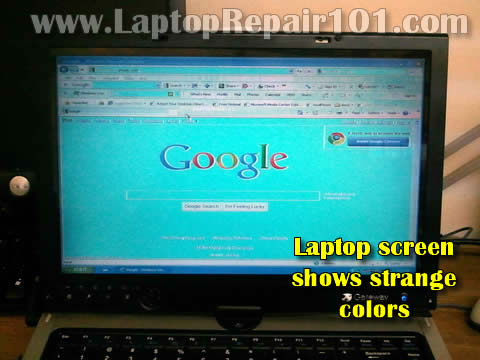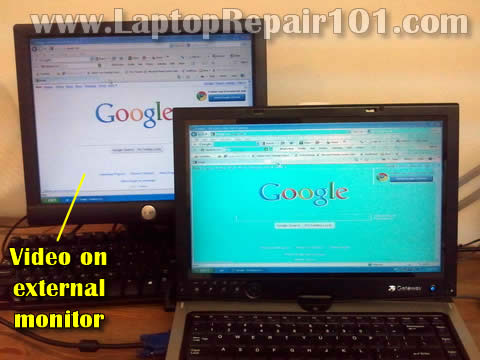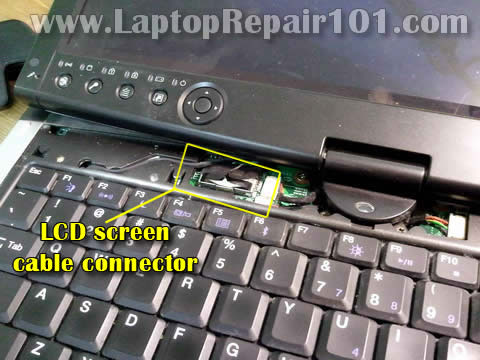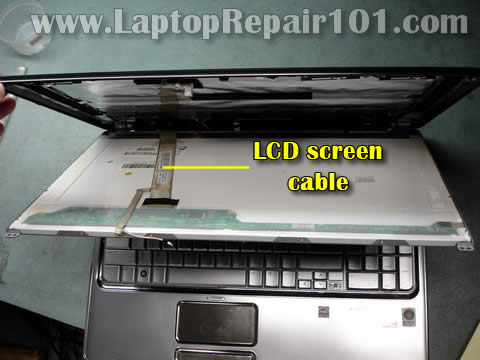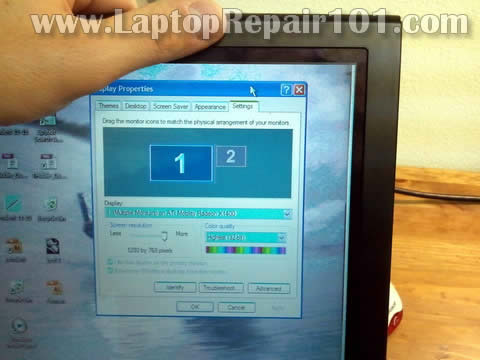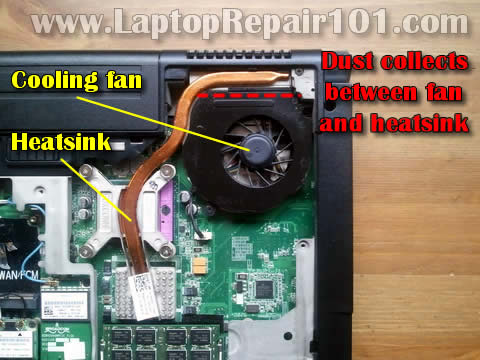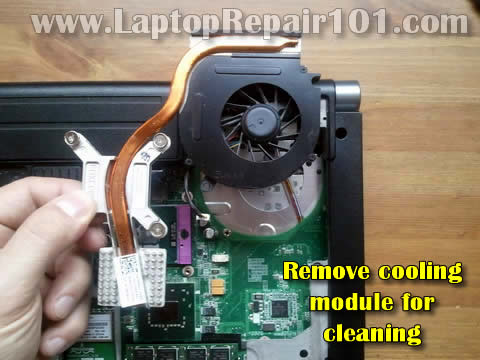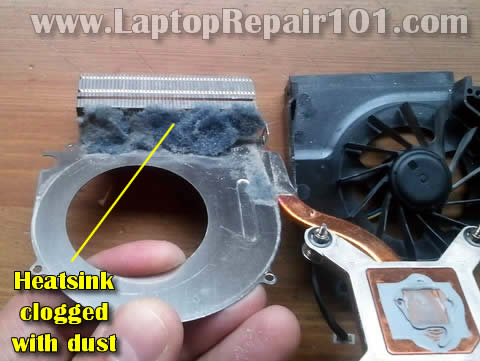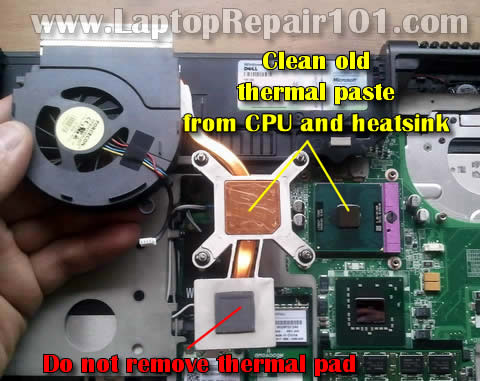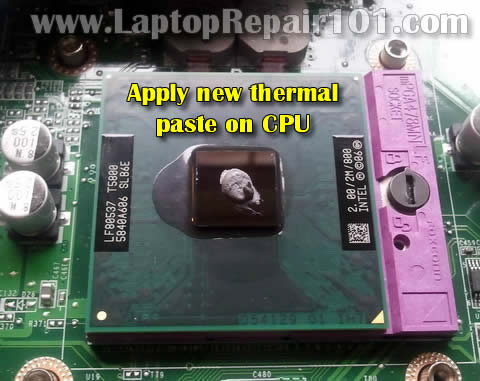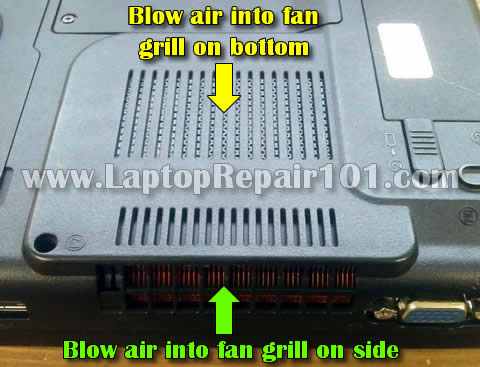Laptop LCD screen has a faint image.
Look at the LCD screen very closely and check if you can see a faint image on the screen. It’s possible that the LCD lid close switch stuck in the “closed” position and the backlight stays off even when you open the LCD screen or turn on the laptop. The switch turns off the backlight when you close the LCD display to save the laptop battery power. Check the LCD lid close switch. Usually it is a small plastic pin located close to the LCD hinges. Try to tap on the switch a few times to turn on the backlight. If after tapping on the LCD lid close switch the backlight stays on, you fixed the problem.
It is also possible that after tapping on the LCD lid close switch the backlight works fine, you see a normal video on the screen for some time and then the backlight turns itself off again. In this case I would blame the FL inverter board. Try to reseat cables on both end of the FL inverter to make a better contact between the cables and the FL inverter board. If it doesn’t help I would try to replace the FL inverter board.
Laptop LCD screen is solid white color.
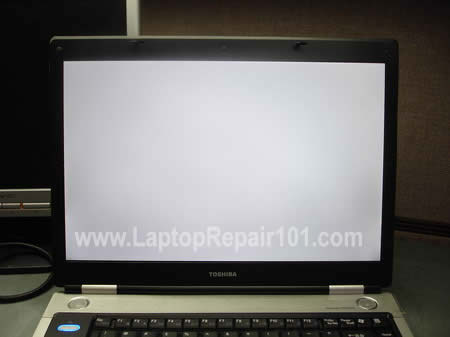
Most likely it is just a bad connection between the LCD display and the system board. I would try reseating the video cable connector on the back of the LCD screen first and check if it fixes the problem. After that I would try reseating the video cable connector on the system board. I would also try reseating cables if there is no video on the LCD screen at all.
The video on the LCD screen is garbled.
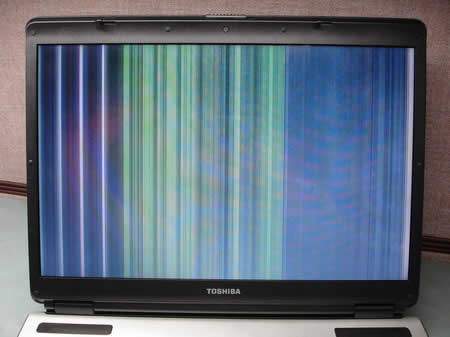
Try to connect the LCD screen to an external monitor. If the external video is fine, you have a problem with the LCD screen or the LCD video cable. You can try to fix the problem by reseating the video cable on the back of the LCD and on the system board.
If you see the same garbled video output on the external monitor most likely it is not the LCD screen problem. In this case the system board (with onboard video) is bad or the video card is bad.
I understand that these tips will not cover all video problems with portable computers. If you have a different problem, you are welcome to leave a comment and I will try to help you if I can. 
Are you looking for a new LCD screen for you laptop? Try searching here.Here’s a notebook display assembly diagram and tips for finding spare notebook parts.
by laptoprepair101

